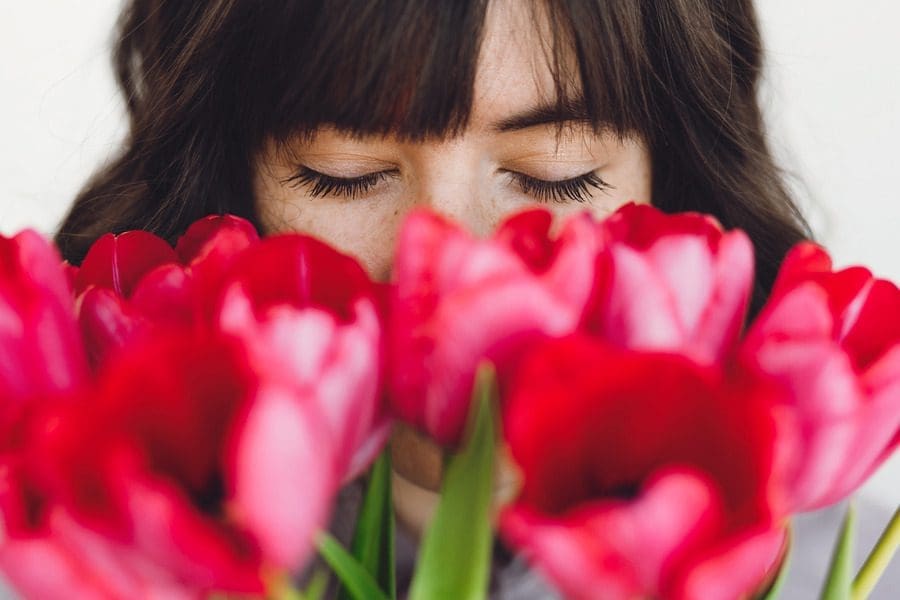People have used flowers to communicate for centuries, but we have the Victorians to thank for perfecting the art. Take courting, for instance; if a lady was given red tulips, she knew her gentleman caller was smitten, but if a woman sent ivy to the suitor, their love would not blossom. Today, the language and meaning of flowers is known as floriography, and we are here to teach you all about it.
What Is Floriography?
Simply put, floriography is the language of flowers. Different flowers hold different meanings, some based on the type of flower, some on color, and others on both. Once you become familiar with the meaning of flowers, gifting them to the people in your life becomes more meaningful than you ever thought possible.
History of Flower Meanings
As mentioned, the Victorians perfected the art of floriography, but this practice has been around for thousands of years, spanning cultures from Europe to Asia and Africa. Many flowers derive their meanings from ancient myths and legends – even Shakespeare incorporated flower symbolism into his works. Floriography grew popular during the Victorian era because people enjoyed it as a hobby. In time, people used flowers to send secret love messages.
Color Meanings
Every flower color has its own meaning. Here is a quick guide:
- Red: Red is often associated with love and passion, making it a go-to color when sending a bouquet to someone you love. Red is also associated with courage, respect, and desire.
- Pink: Pink is most often used to symbolize grace, joy, and innocence. In Thailand, pink flowers symbolize trust; in China, good fortune; and in Japan, good health. Pink is also often used to represent femininity.
- Blue: Soothing blue flowers symbolize peace and tranquility and are often sent to those feeling stressed out.
- Yellow: Yellow flowers symbolize happiness and friendship. Yellow bouquets are a great option for sending to someone to brighten their day and let them know you’re thinking about them.
- Green: Green flowers symbolize rebirth and renewal but may also represent good health, good fortune, and youthfulness.
- White: White flowers often symbolize purity and innocence. This is why white flowers are often used for weddings or sent to those welcoming a newborn baby. Be careful, though, because white flowers symbolize death and mourning in certain cultures.
Flowers and Their Meanings
Over time, flower symbolism has evolved. However, here is an updated list of common meanings associated with specific blossoms:
- Baby’s Breath: Everlasting love
- Carnation: Pure love
- Cherry Blossom: Education
- Chrysanthemum: You’re a wonderful friend
- Daffodil: The sun shines when I’m with you
- Dahlia: Dignity and elegance
- Daisy: Innocence
- Fern: Magic
- Gardenia: Refinement
- Geranium: True friendship
- Hyacinth: Sport and play
- Hydrangea: Thank you for understanding
- Iris: I have a message for you
- Lavender: Love and devotion
- Lilac: First emotions of love
- Olive branch: Peace
- Orchid: You’re in my thoughts
- Peony: Bashful
- Rose: Love






